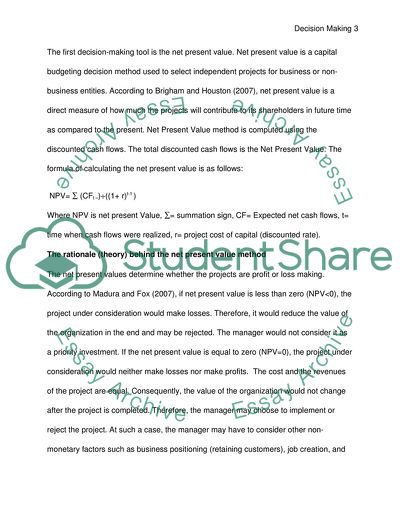Cite this document
(Project Appraisal Techniques and Decision Making Term Paper, n.d.)
Project Appraisal Techniques and Decision Making Term Paper. Retrieved from https://studentshare.org/finance-accounting/1737496-critically-evaluate-a-technique-used-by-organisations-for-decision-making-or-performance-management-purposes
Project Appraisal Techniques and Decision Making Term Paper. Retrieved from https://studentshare.org/finance-accounting/1737496-critically-evaluate-a-technique-used-by-organisations-for-decision-making-or-performance-management-purposes
(Project Appraisal Techniques and Decision Making Term Paper)
Project Appraisal Techniques and Decision Making Term Paper. https://studentshare.org/finance-accounting/1737496-critically-evaluate-a-technique-used-by-organisations-for-decision-making-or-performance-management-purposes.
Project Appraisal Techniques and Decision Making Term Paper. https://studentshare.org/finance-accounting/1737496-critically-evaluate-a-technique-used-by-organisations-for-decision-making-or-performance-management-purposes.
“Project Appraisal Techniques and Decision Making Term Paper”. https://studentshare.org/finance-accounting/1737496-critically-evaluate-a-technique-used-by-organisations-for-decision-making-or-performance-management-purposes.


